Haowen Li
OpenGuardrails: An Open-Source Context-Aware AI Guardrails Platform
Oct 22, 2025Abstract:As large language models (LLMs) become increasingly integrated into real-world applications, safeguarding them against unsafe, malicious, or privacy-violating content is critically important. We present OpenGuardrails, the first open-source project to provide both a context-aware safety and manipulation detection model and a deployable platform for comprehensive AI guardrails. OpenGuardrails protects against content-safety risks, model-manipulation attacks (e.g., prompt injection, jailbreaking, code-interpreter abuse, and the generation/execution of malicious code), and data leakage. Content-safety and model-manipulation detection are implemented by a unified large model, while data-leakage identification and redaction are performed by a separate lightweight NER pipeline (e.g., Presidio-style models or regex-based detectors). The system can be deployed as a security gateway or an API-based service, with enterprise-grade, fully private deployment options. OpenGuardrails achieves state-of-the-art (SOTA) performance on safety benchmarks, excelling in both prompt and response classification across English, Chinese, and multilingual tasks. All models are released under the Apache 2.0 license for public use.
AIComposer: Any Style and Content Image Composition via Feature Integration
Jul 28, 2025Abstract:Image composition has advanced significantly with large-scale pre-trained T2I diffusion models. Despite progress in same-domain composition, cross-domain composition remains under-explored. The main challenges are the stochastic nature of diffusion models and the style gap between input images, leading to failures and artifacts. Additionally, heavy reliance on text prompts limits practical applications. This paper presents the first cross-domain image composition method that does not require text prompts, allowing natural stylization and seamless compositions. Our method is efficient and robust, preserving the diffusion prior, as it involves minor steps for backward inversion and forward denoising without training the diffuser. Our method also uses a simple multilayer perceptron network to integrate CLIP features from foreground and background, manipulating diffusion with a local cross-attention strategy. It effectively preserves foreground content while enabling stable stylization without a pre-stylization network. Finally, we create a benchmark dataset with diverse contents and styles for fair evaluation, addressing the lack of testing datasets for cross-domain image composition. Our method outperforms state-of-the-art techniques in both qualitative and quantitative evaluations, significantly improving the LPIPS score by 30.5% and the CSD metric by 18.1%. We believe our method will advance future research and applications. Code and benchmark at https://github.com/sherlhw/AIComposer.
Composited-Nested-Learning with Data Augmentation for Nested Named Entity Recognition
Jun 18, 2024Abstract:Nested Named Entity Recognition (NNER) focuses on addressing overlapped entity recognition. Compared to Flat Named Entity Recognition (FNER), annotated resources are scarce in the corpus for NNER. Data augmentation is an effective approach to address the insufficient annotated corpus. However, there is a significant lack of exploration in data augmentation methods for NNER. Due to the presence of nested entities in NNER, existing data augmentation methods cannot be directly applied to NNER tasks. Therefore, in this work, we focus on data augmentation for NNER and resort to more expressive structures, Composited-Nested-Label Classification (CNLC) in which constituents are combined by nested-word and nested-label, to model nested entities. The dataset is augmented using the Composited-Nested-Learning (CNL). In addition, we propose the Confidence Filtering Mechanism (CFM) for a more efficient selection of generated data. Experimental results demonstrate that this approach results in improvements in ACE2004 and ACE2005 and alleviates the impact of sample imbalance.
Traffic congestion anomaly detection and prediction using deep learning
Jun 23, 2020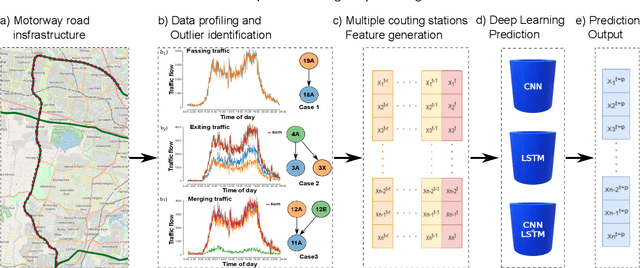
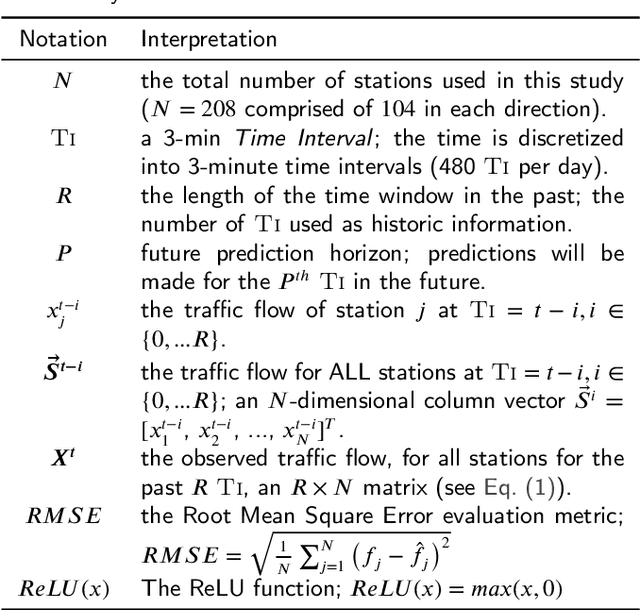


Abstract:Congestion prediction represents a major priority for traffic management centres around the world to ensure timely incident response handling. The increasing amounts of generated traffic data have been used to train machine learning predictors for traffic, however, this is a challenging task due to inter-dependencies of traffic flow both in time and space. Recently, deep learning techniques have shown significant prediction improvements over traditional models, however, open questions remain around their applicability, accuracy and parameter tuning. This paper brings two contributions in terms of: 1) applying an outlier detection an anomaly adjustment method based on incoming and historical data streams, and 2) proposing an advanced deep learning framework for simultaneously predicting the traffic flow, speed and occupancy on a large number of monitoring stations along a highly circulated motorway in Sydney, Australia, including exit and entry loop count stations, and over varying training and prediction time horizons. The spatial and temporal features extracted from the 36.34 million data points are used in various deep learning architectures that exploit their spatial structure (convolutional neuronal networks), their temporal dynamics (recurrent neuronal networks), or both through a hybrid spatio-temporal modelling (CNN-LSTM). We show that our deep learning models consistently outperform traditional methods, and we conduct a comparative analysis of the optimal time horizon of historical data required to predict traffic flow at different time points in the future. Lastly, we prove that the anomaly adjustment method brings significant improvements to using deep learning in both time and space.
Motorway Traffic Flow Prediction using Advanced Deep Learning
Jul 17, 2019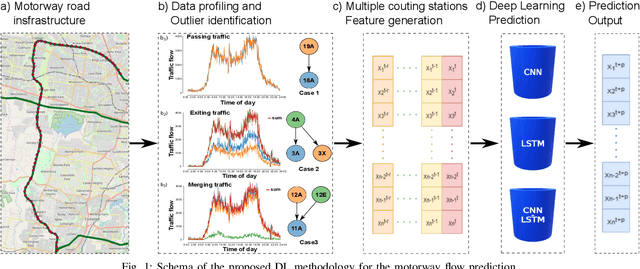
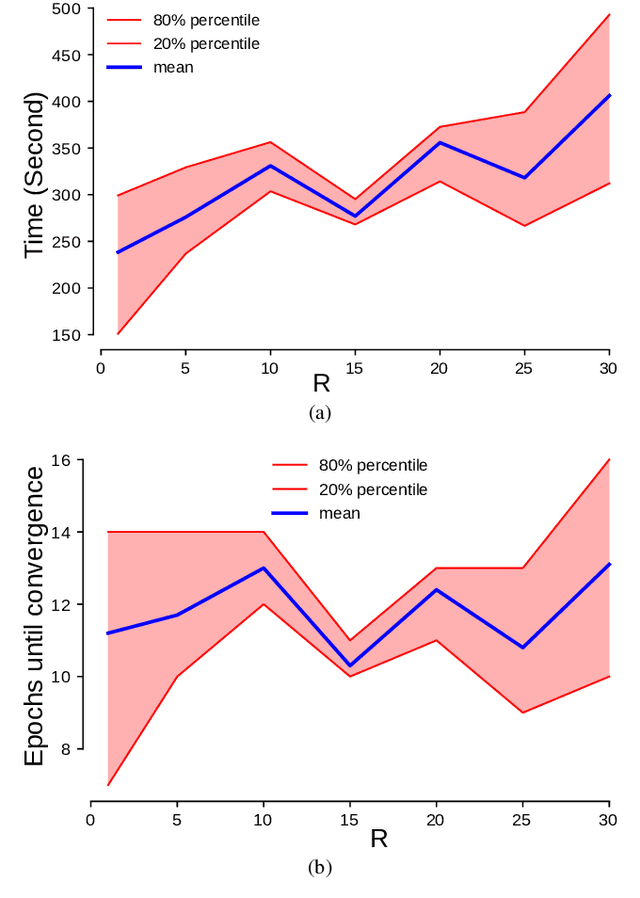
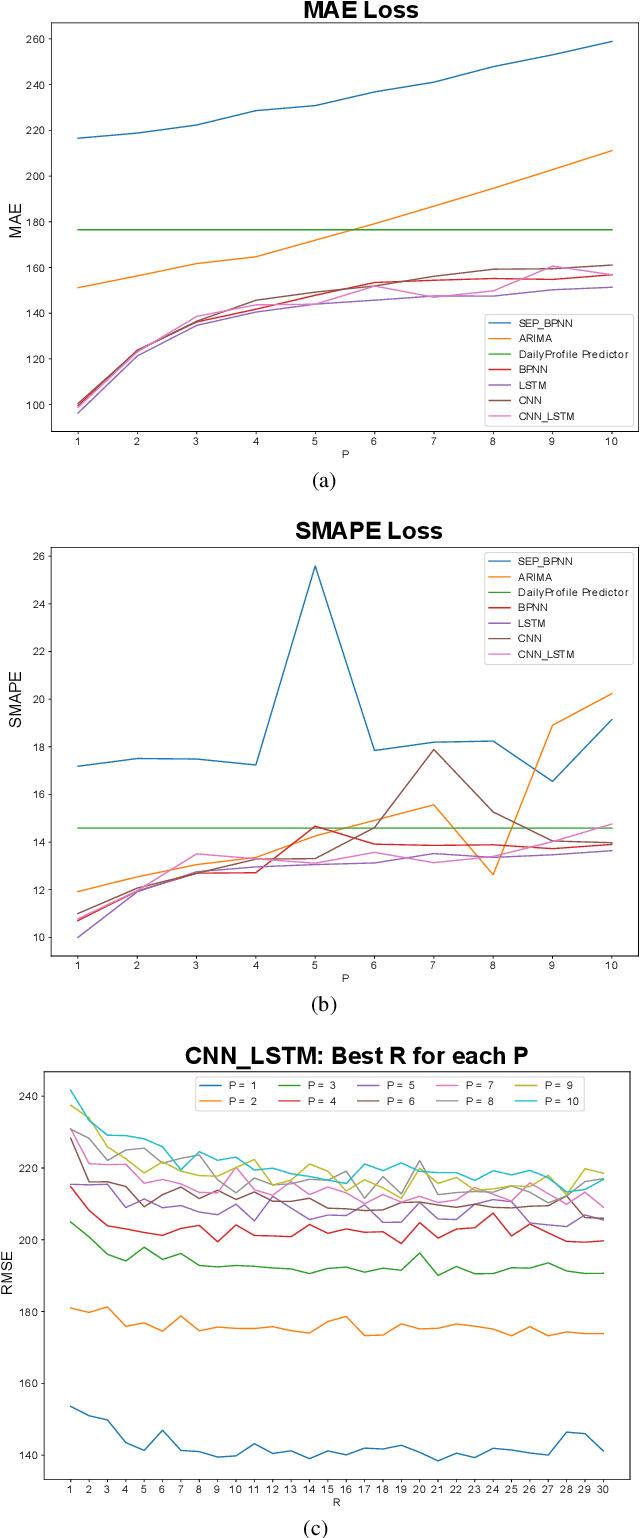
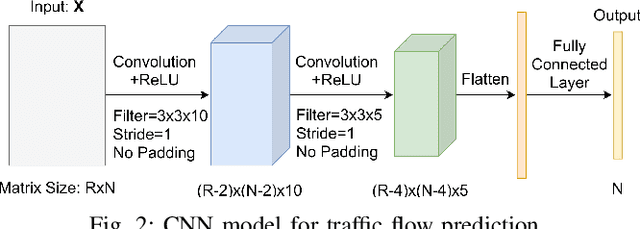
Abstract:Congestion prediction represents a major priority for traffic management centres around the world to ensure timely incident response handling. The increasing amounts of generated traffic data have been used to train machine learning predictors for traffic, however this is a challenging task due to inter-dependencies of traffic flow both in time and space. Recently, deep learning techniques have shown significant prediction improvements over traditional models, however open questions remain around their applicability, accuracy and parameter tuning. This paper proposes an advanced deep learning framework for simultaneously predicting the traffic flow on a large number of monitoring stations along a highly circulated motorway in Sydney, Australia, including exit and entry loop count stations, and over varying training and prediction time horizons. The spatial and temporal features extracted from the 36.34 million data points are used in various deep learning architectures that exploit their spatial structure (convolutional neuronal networks), their temporal dynamics (recurrent neuronal networks), or both through a hybrid spatio-temporal modelling (CNN-LSTM). We show that our deep learning models consistently outperform traditional methods, and we conduct a comparative analysis of the optimal time horizon of historical data required to predict traffic flow at different time points in the future.
 Add to Chrome
Add to Chrome Add to Firefox
Add to Firefox Add to Edge
Add to Edge